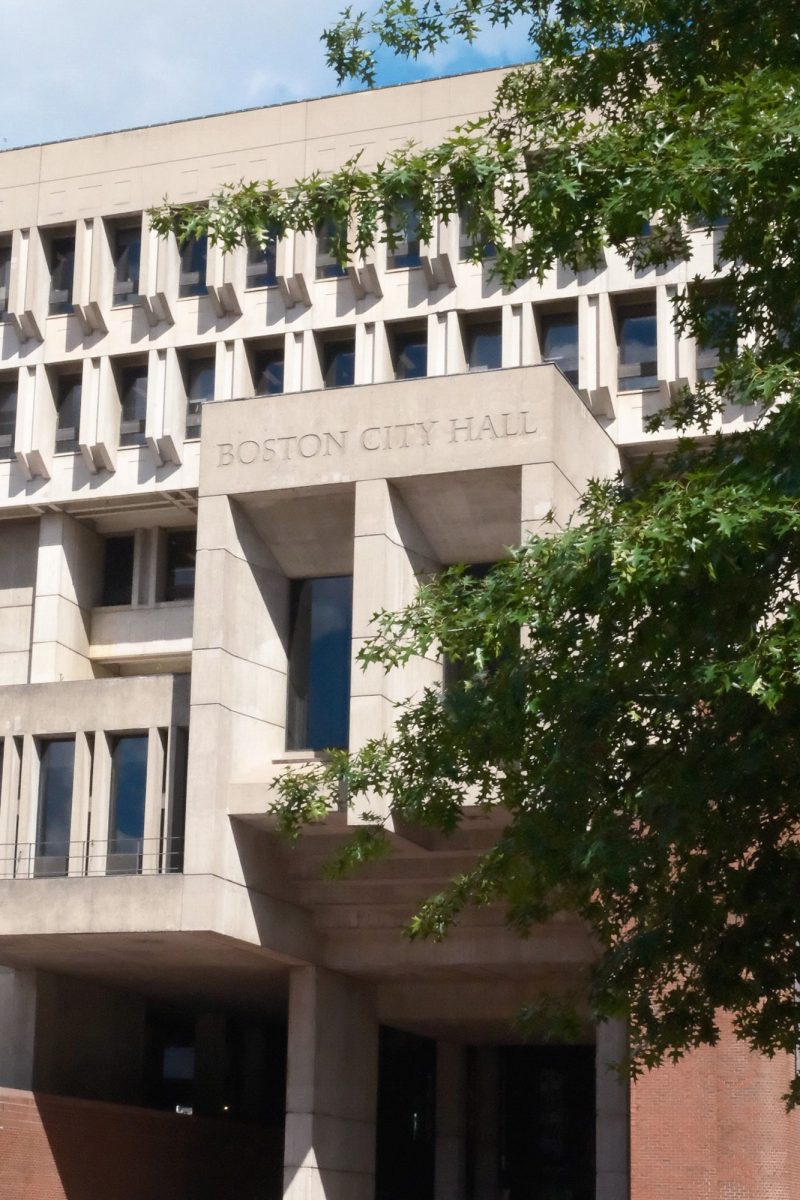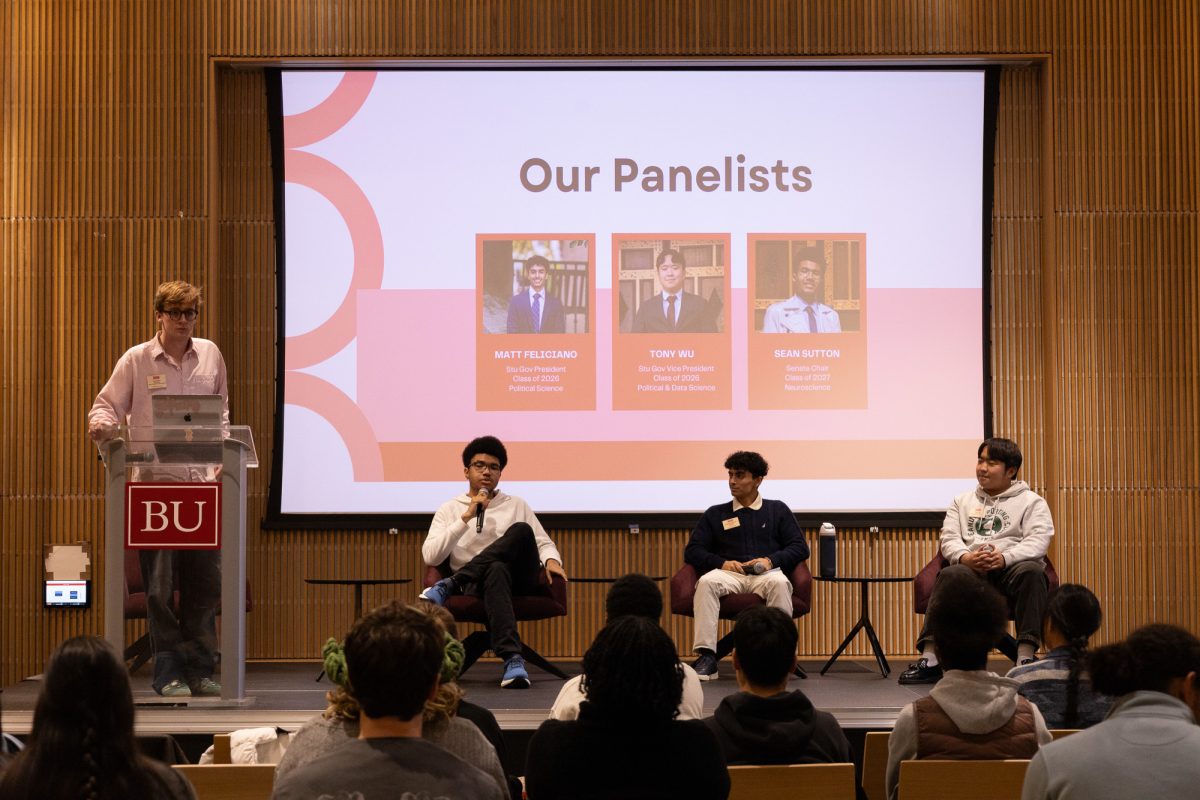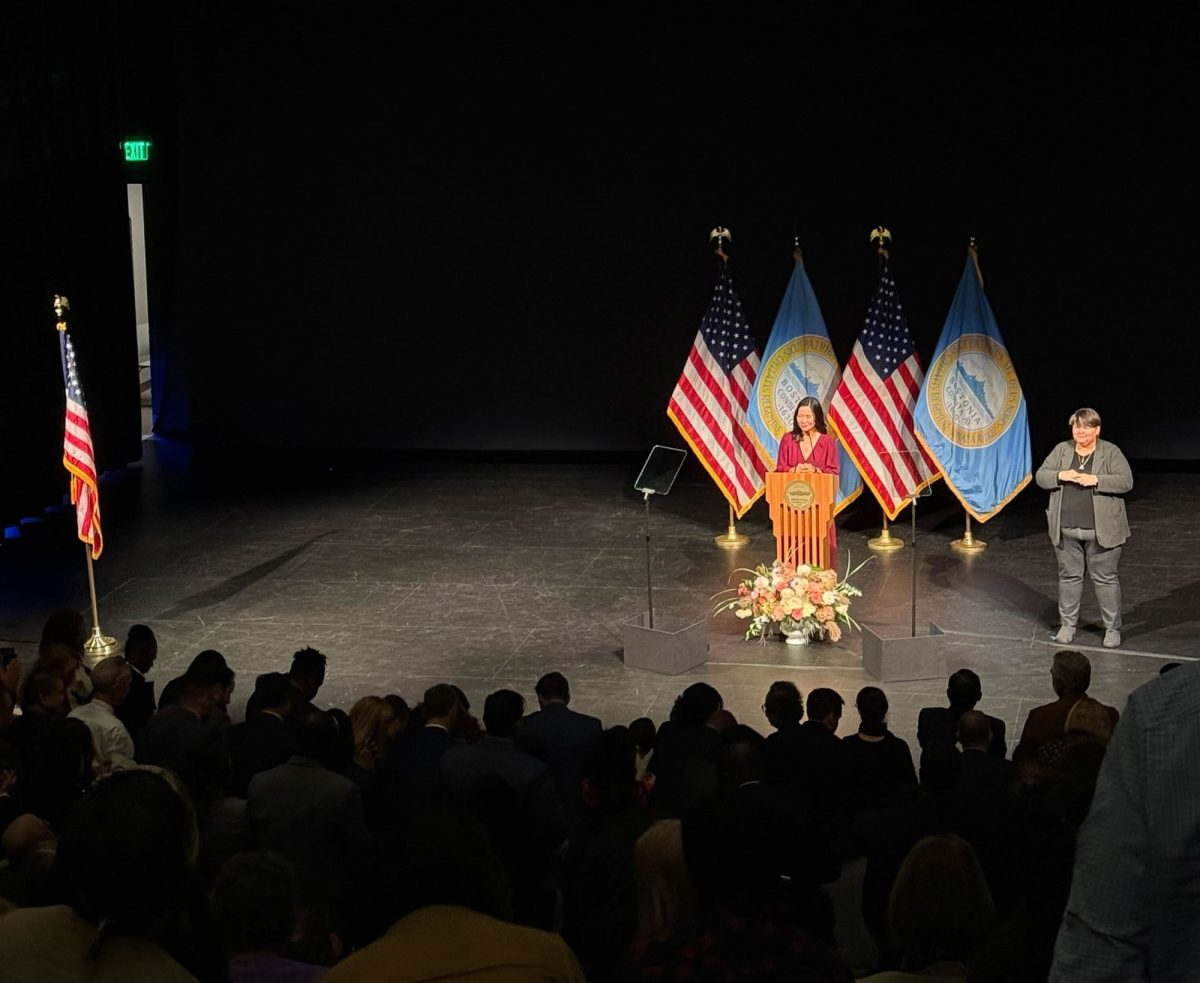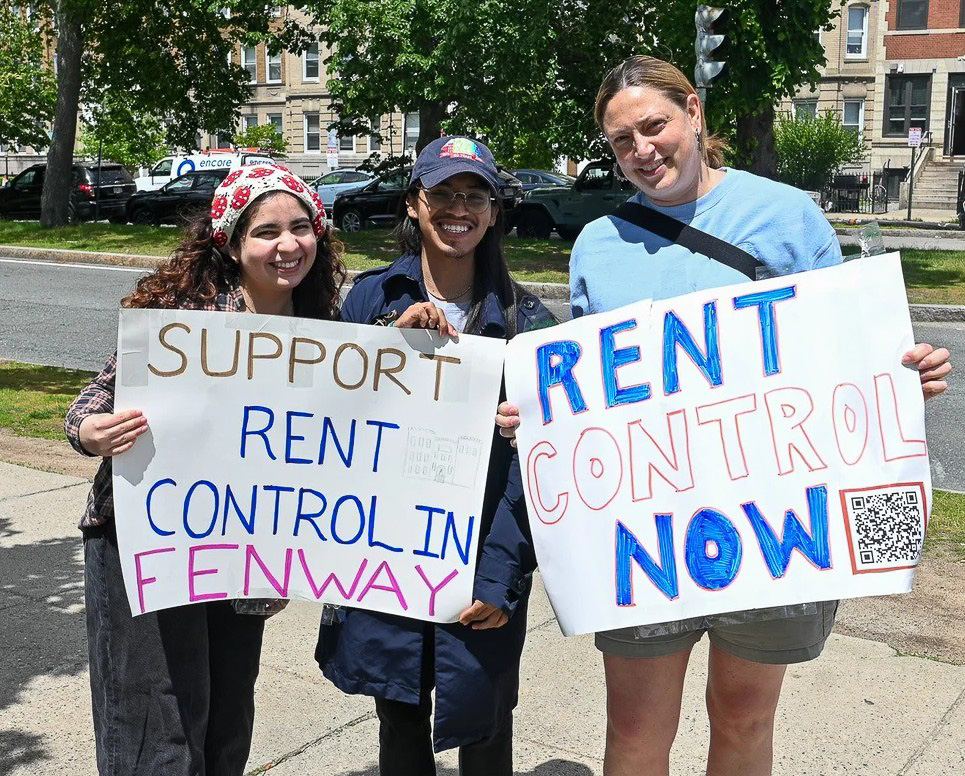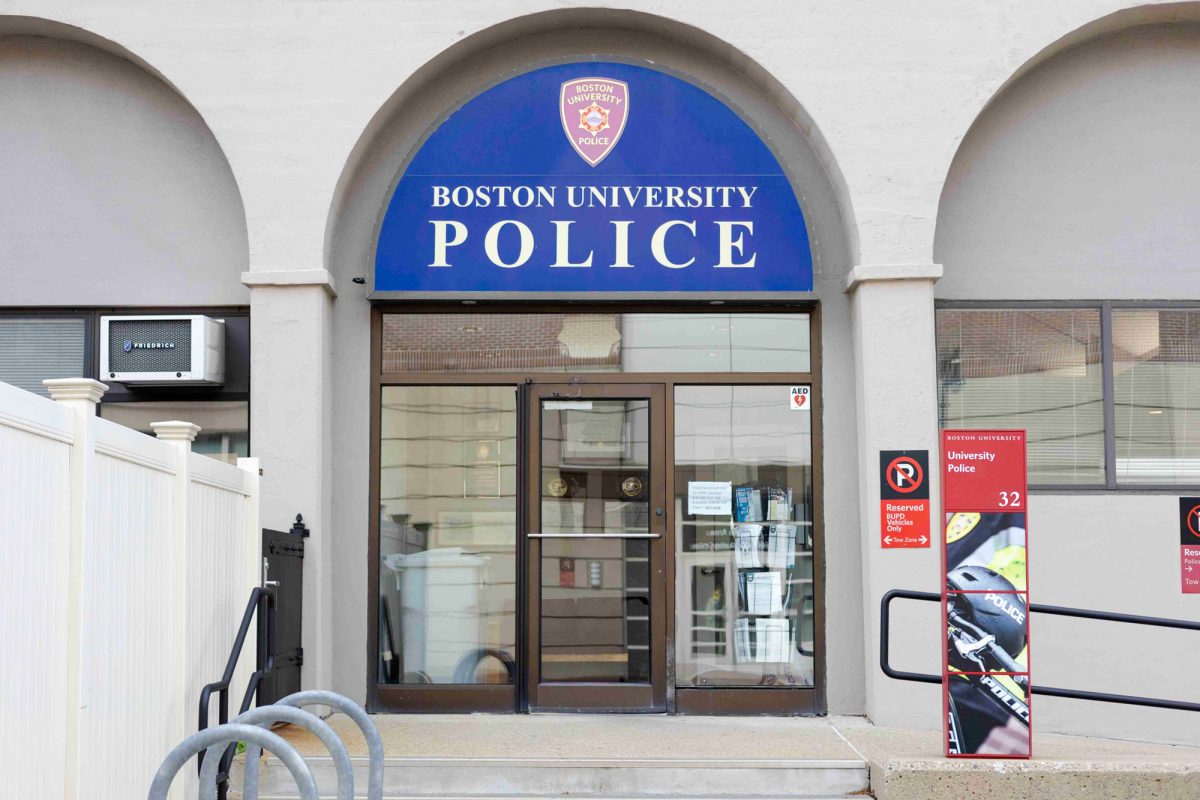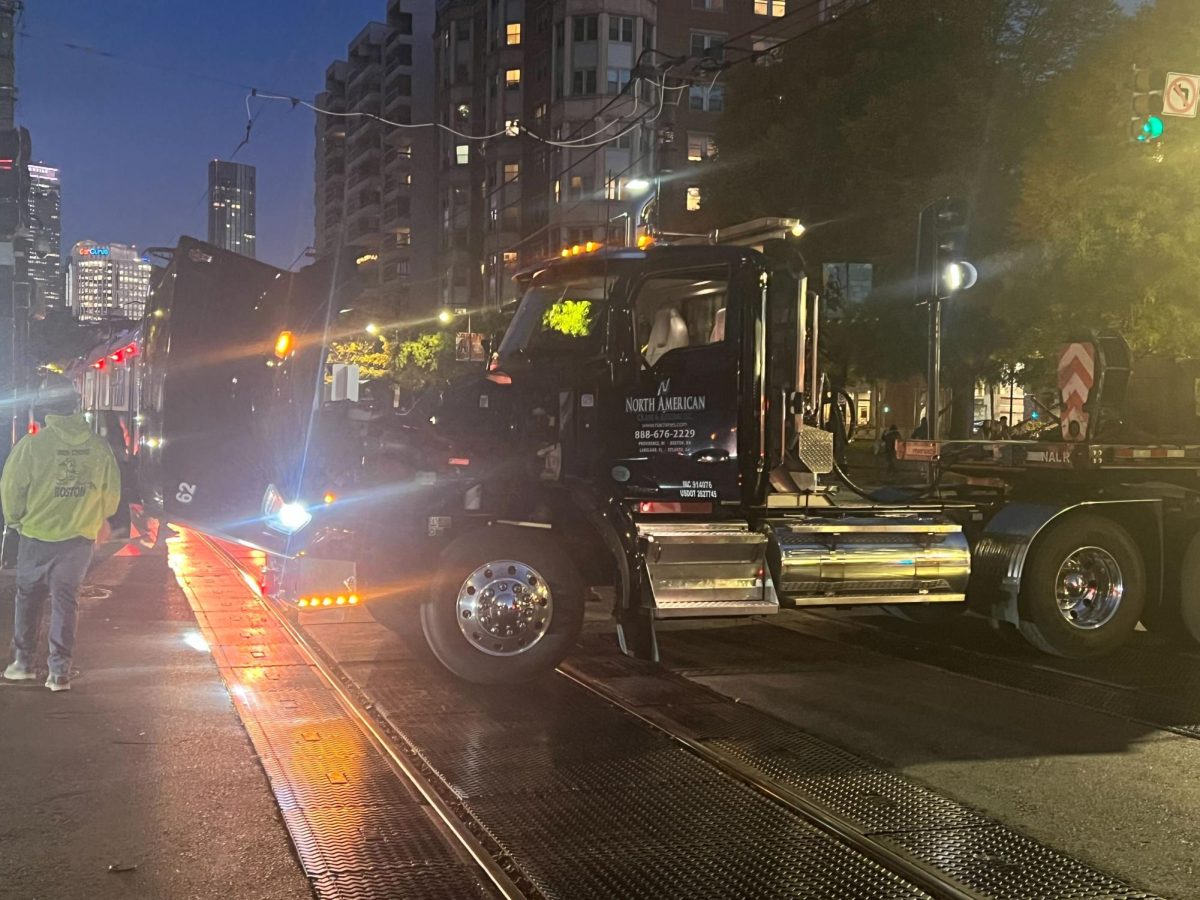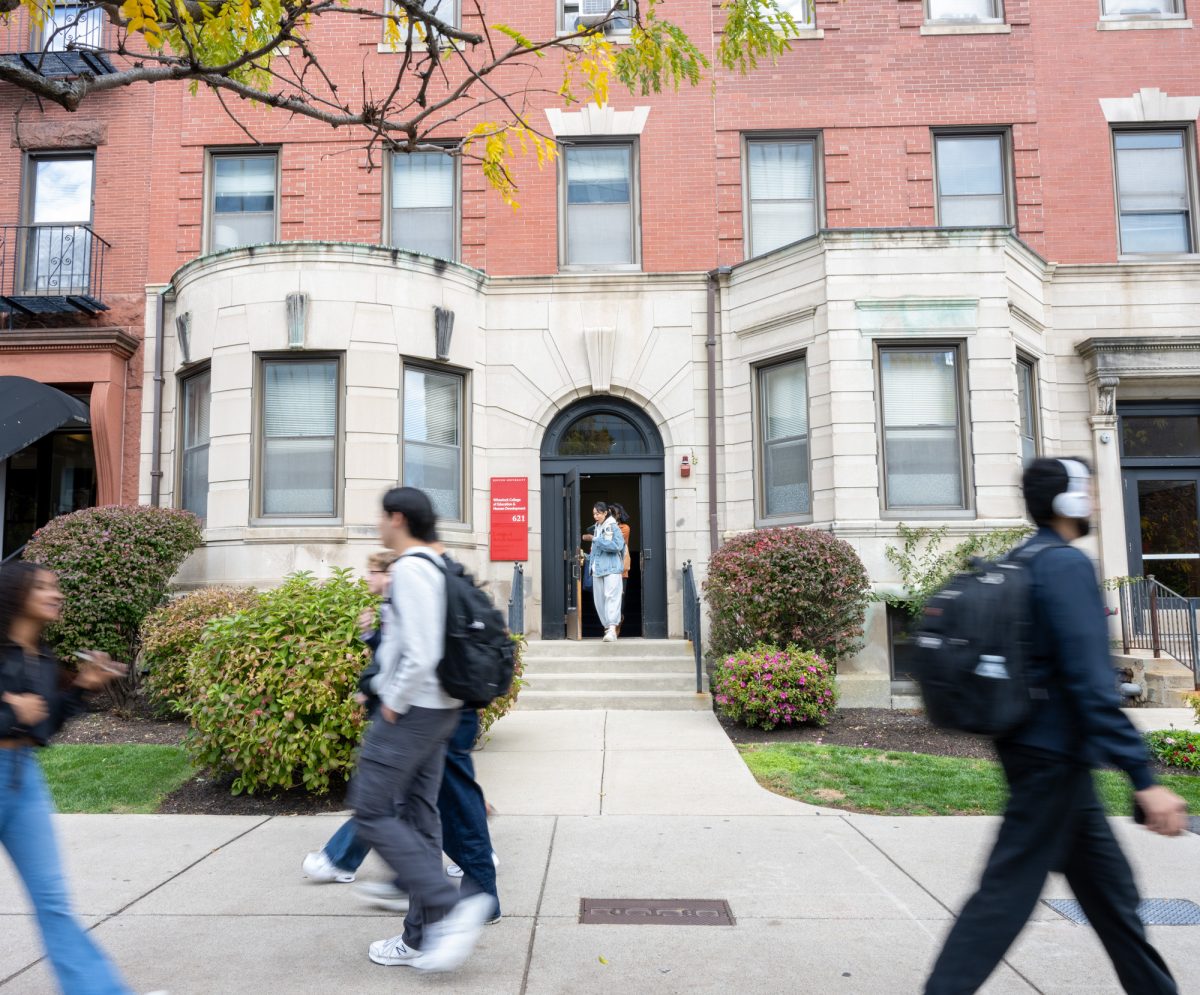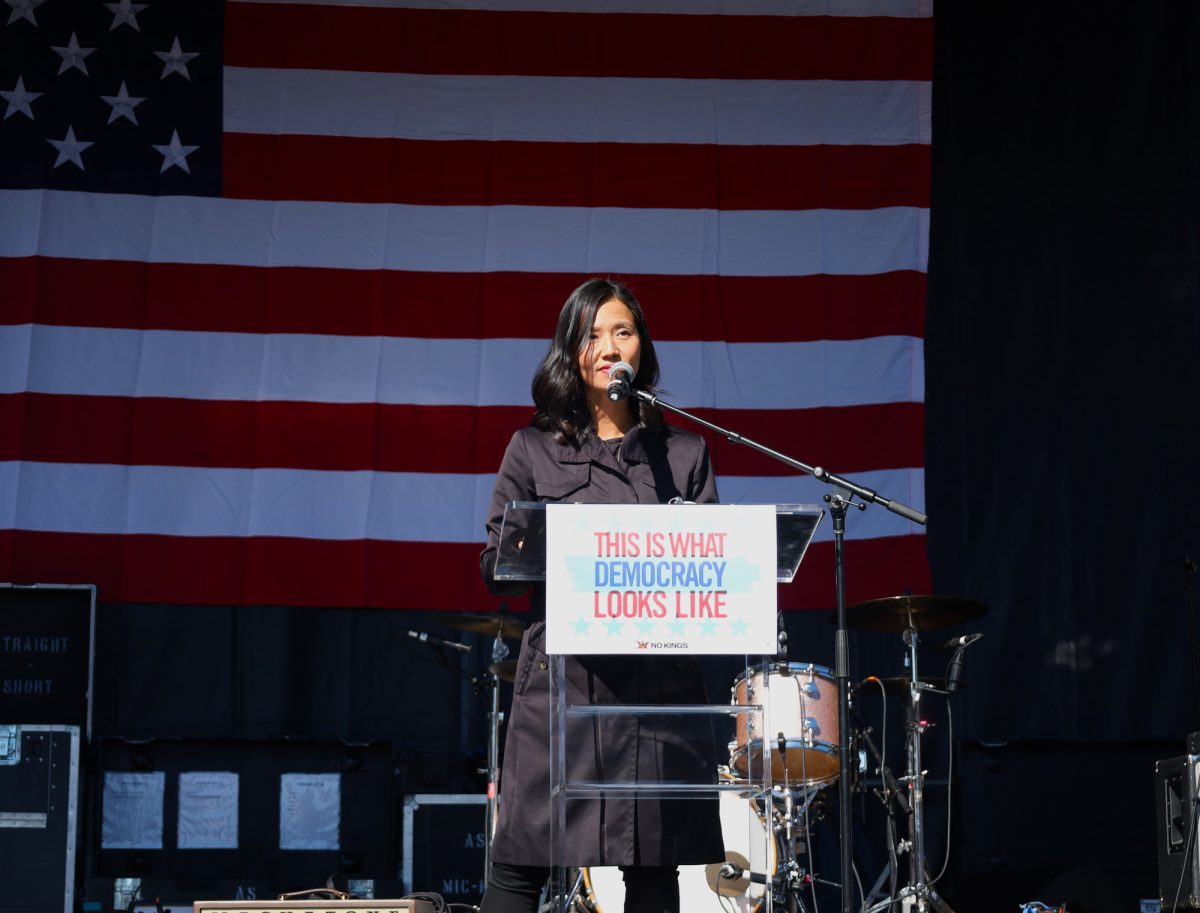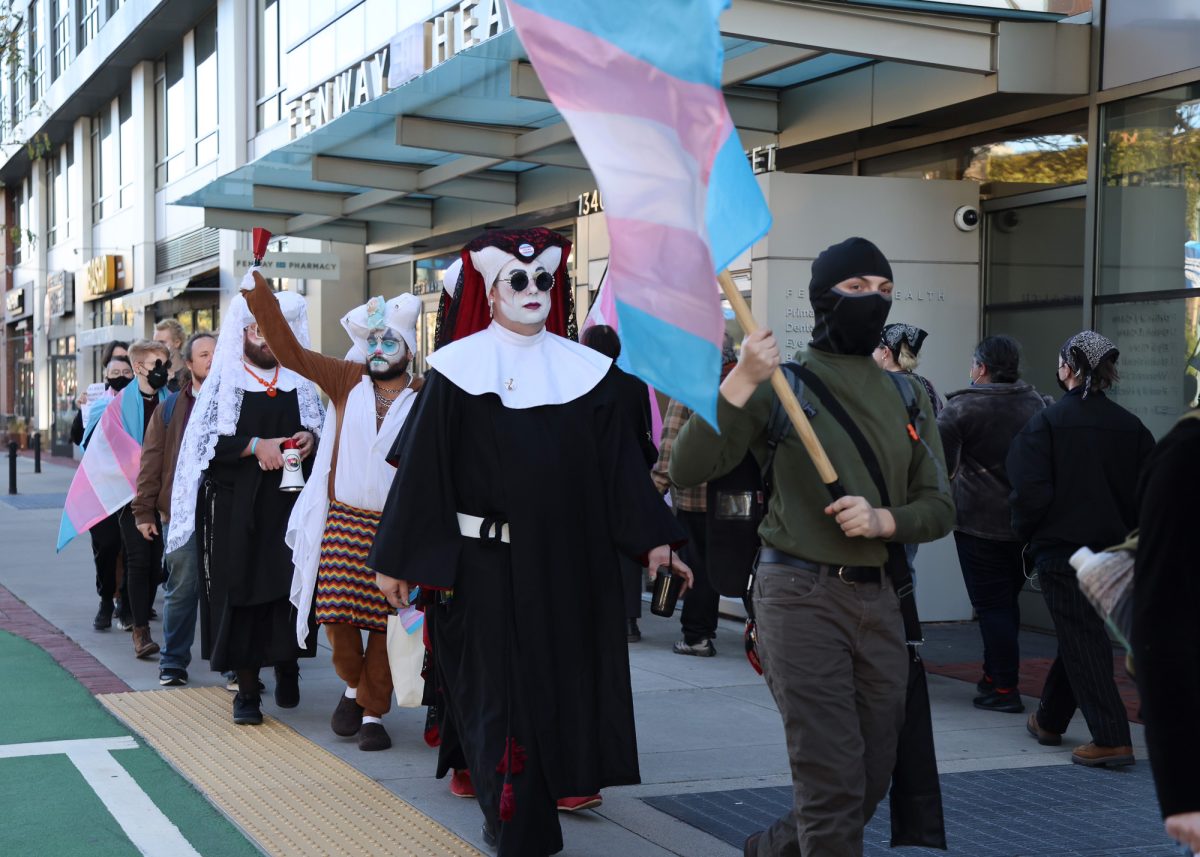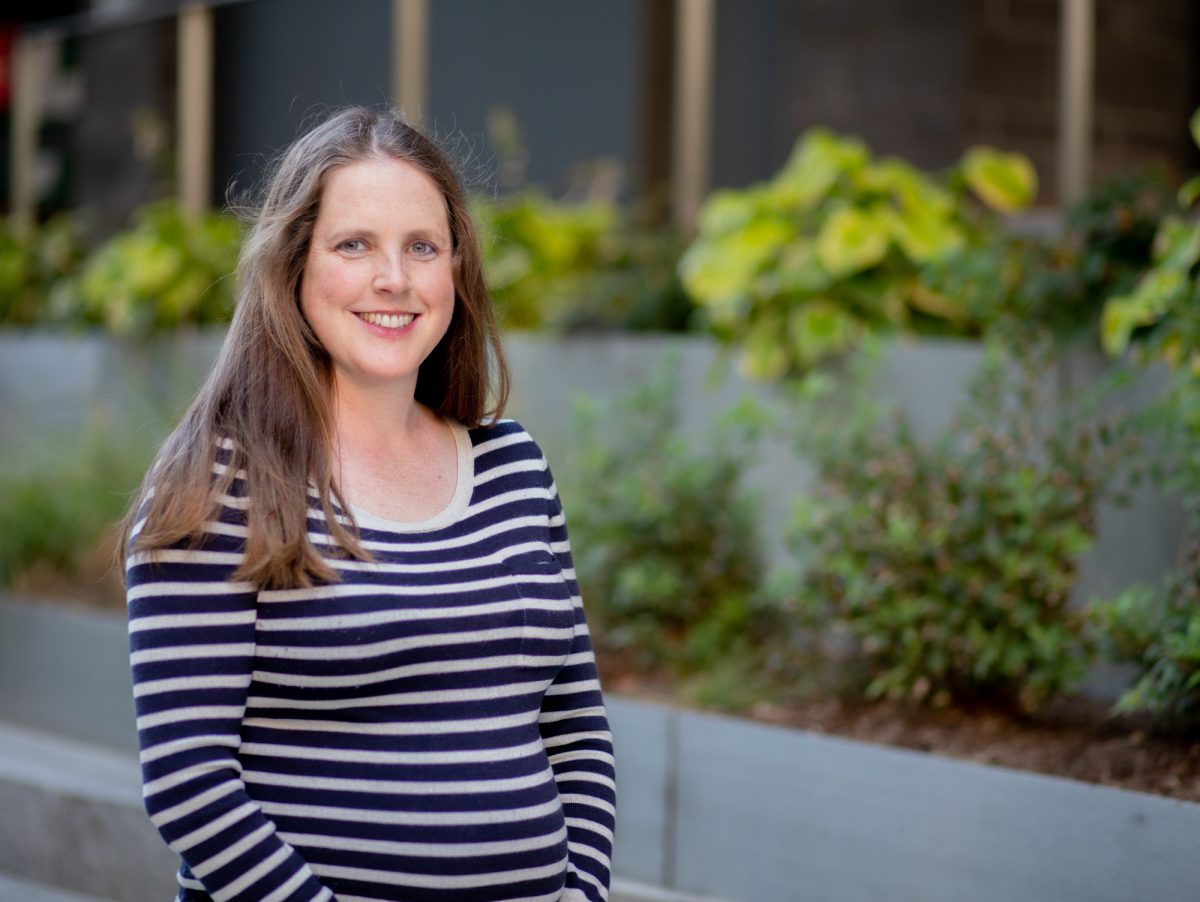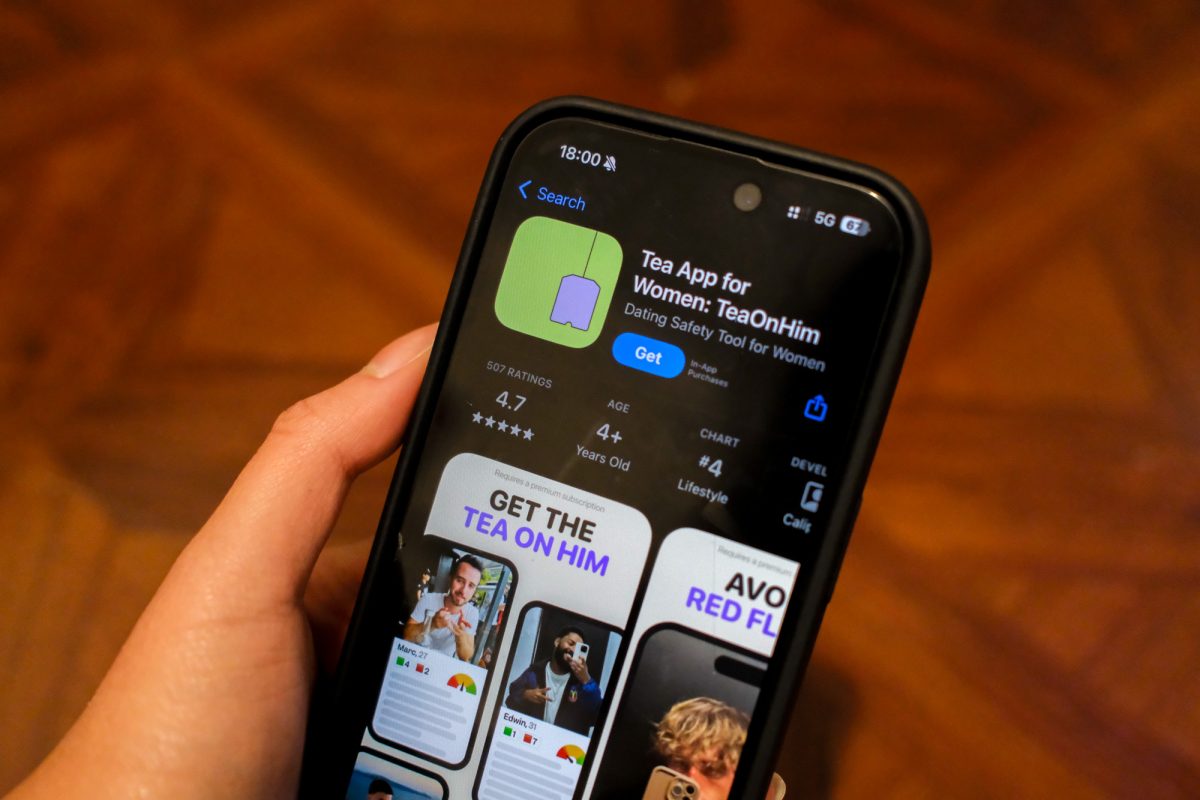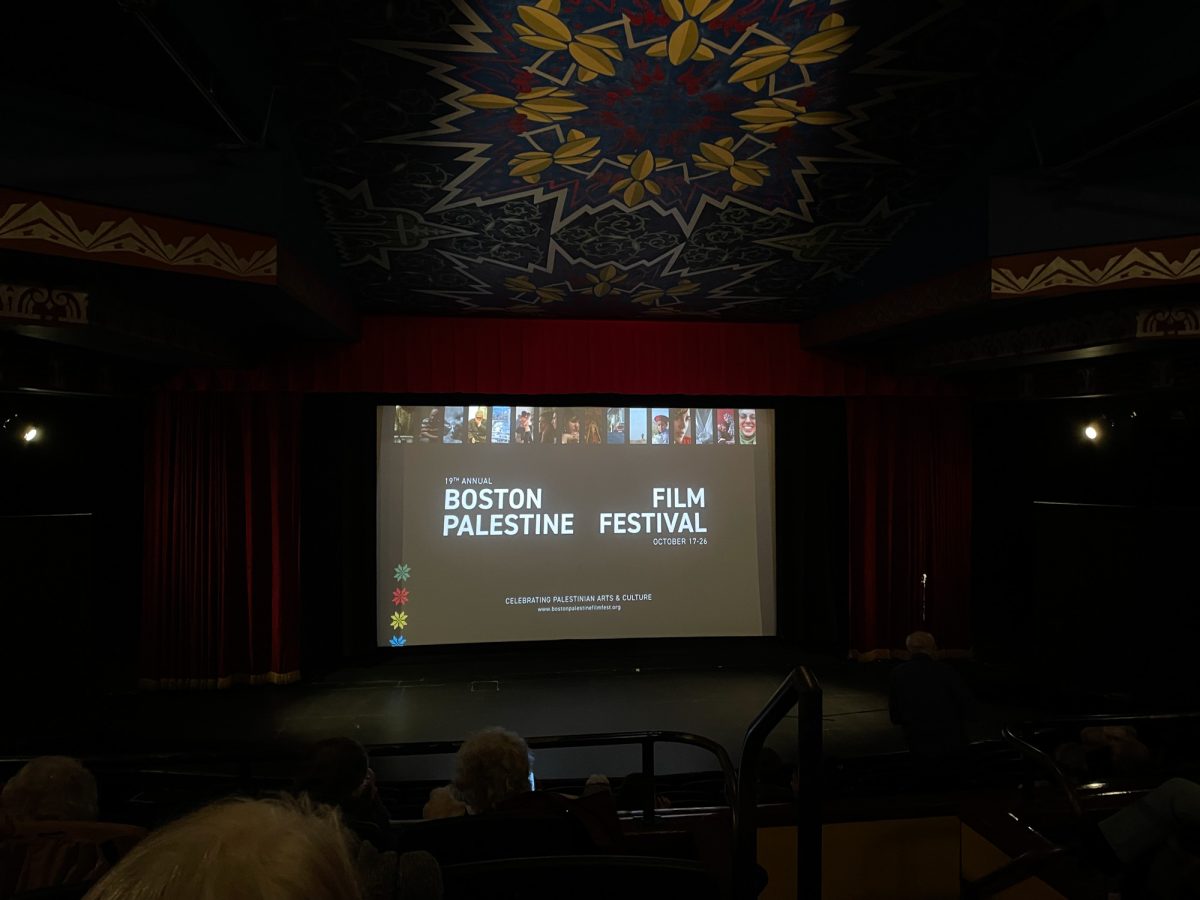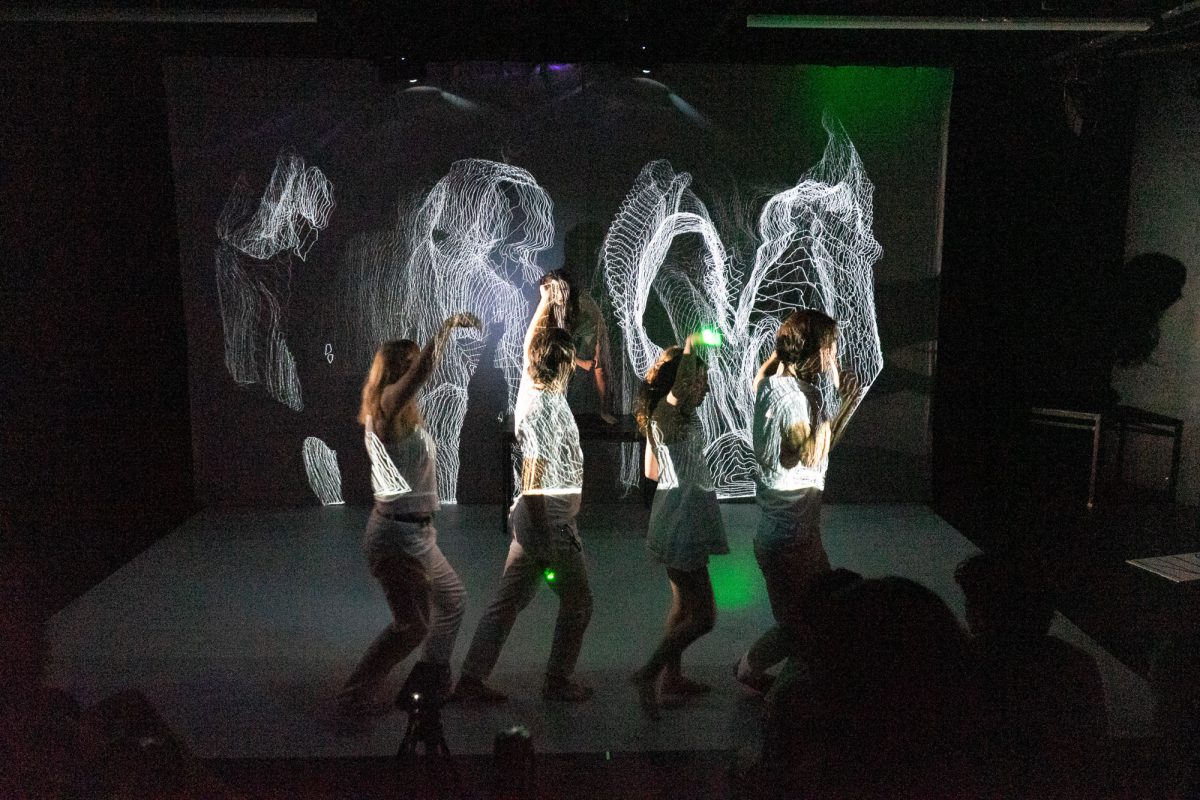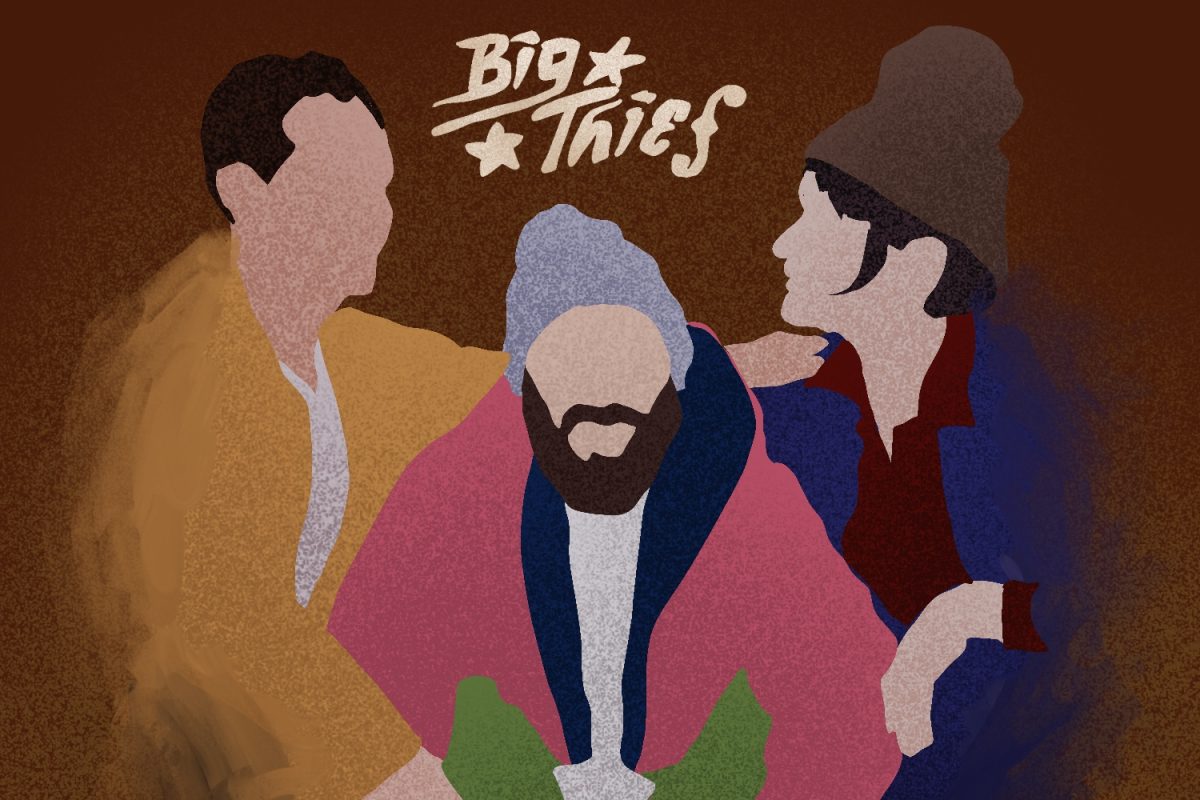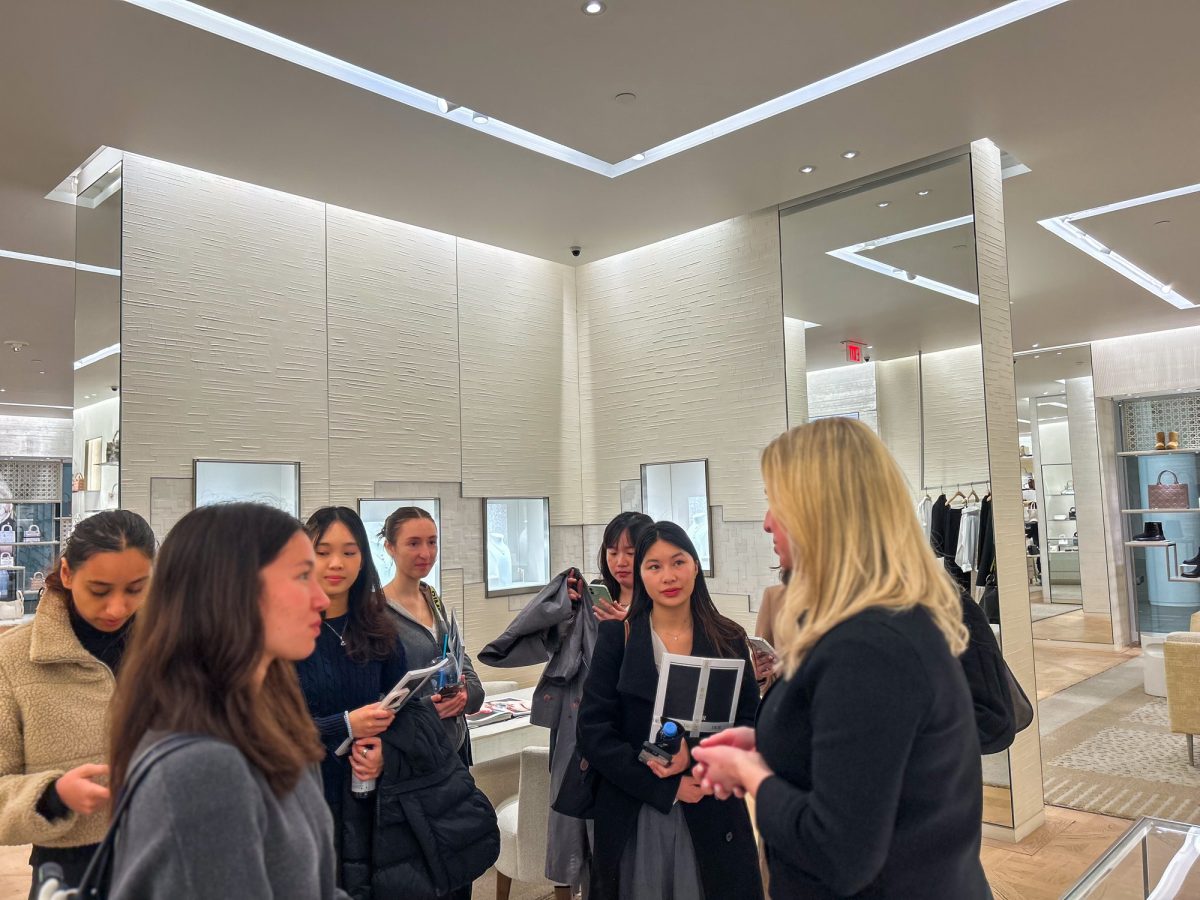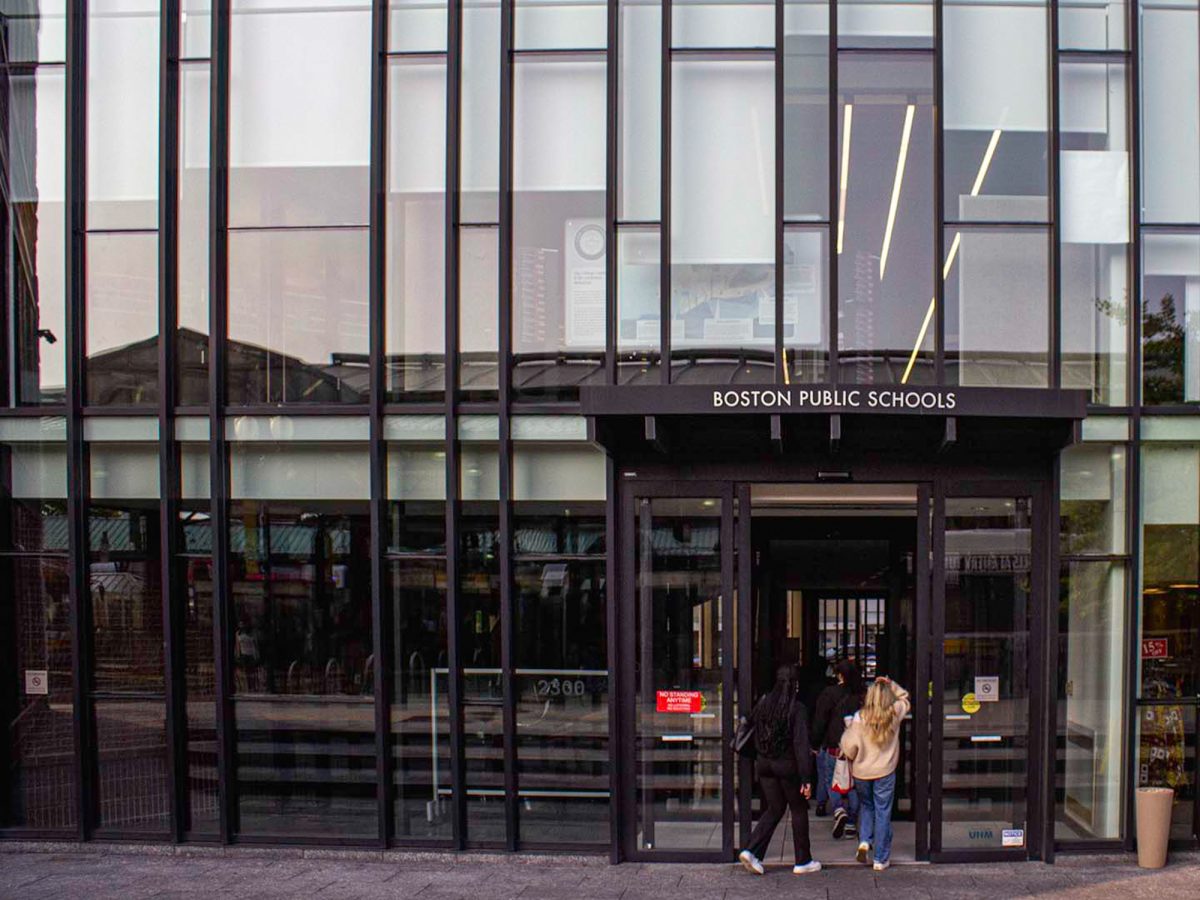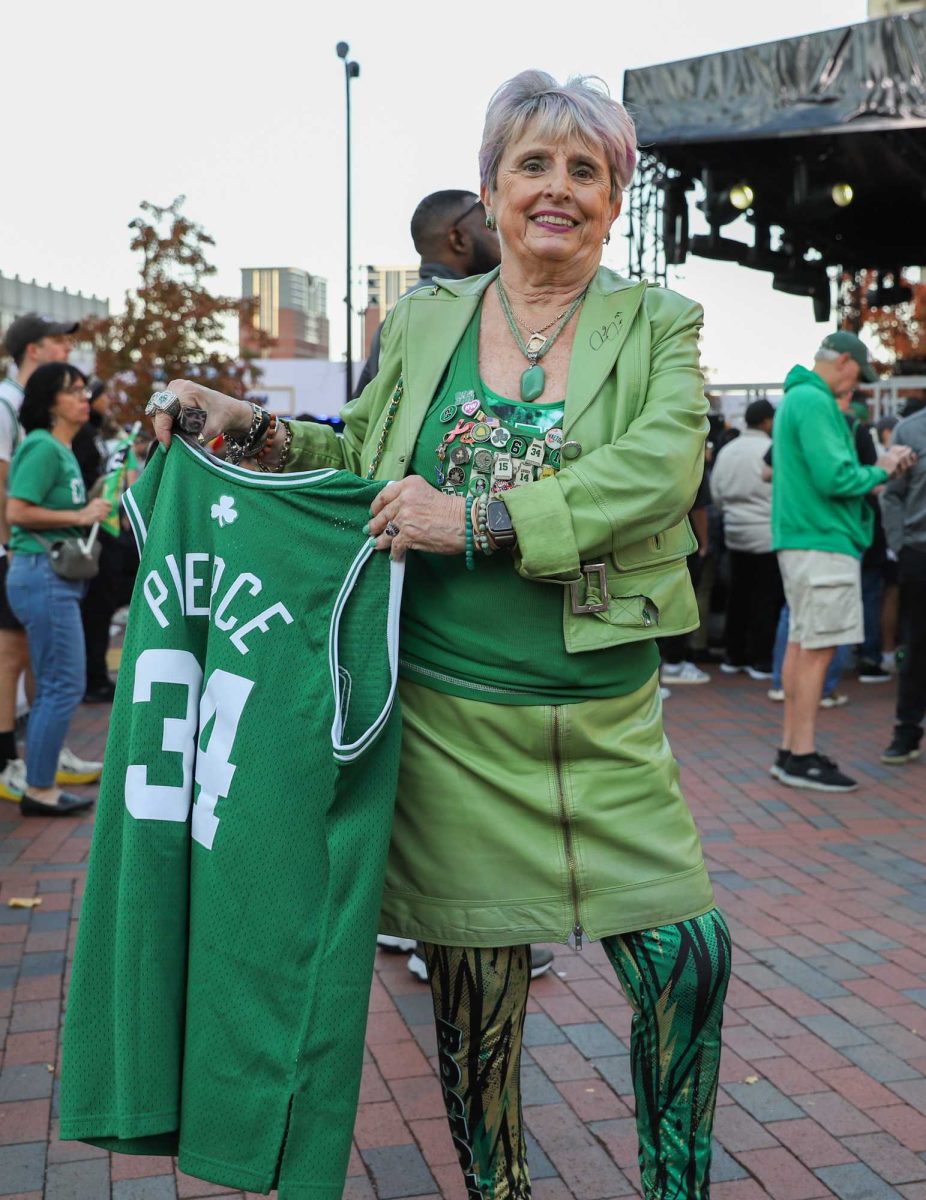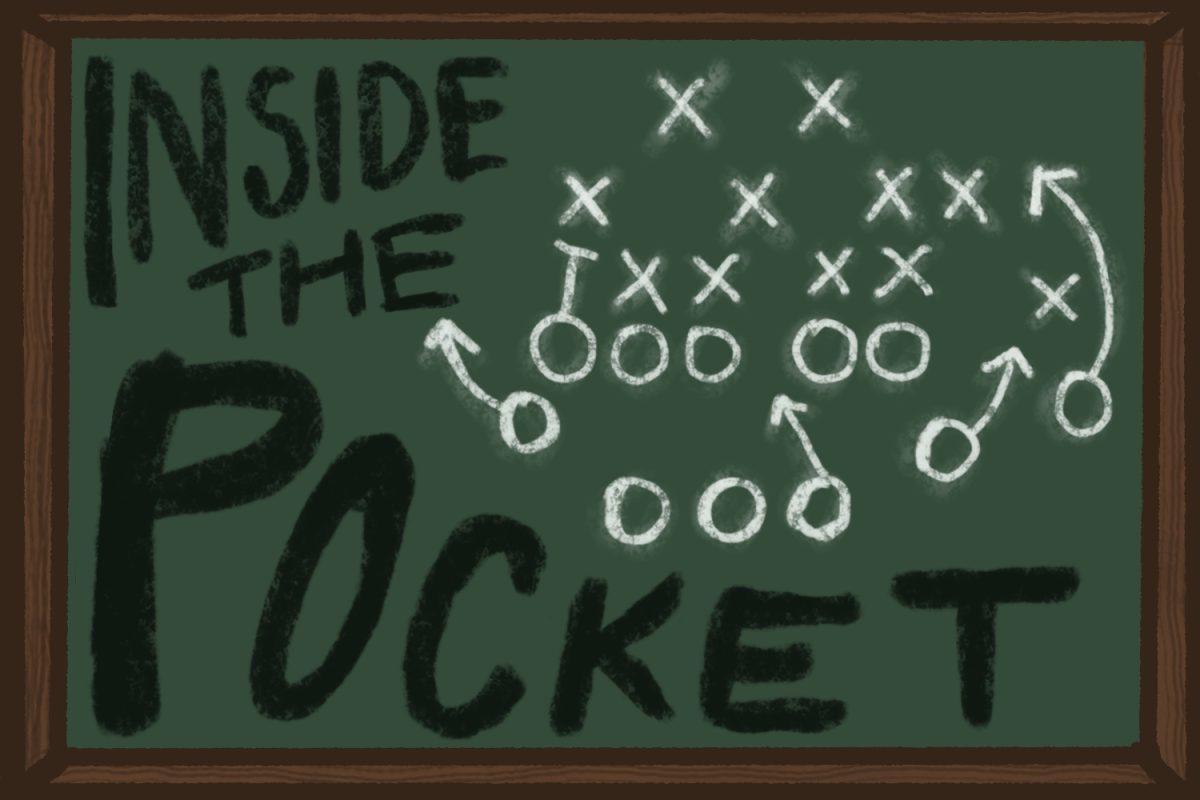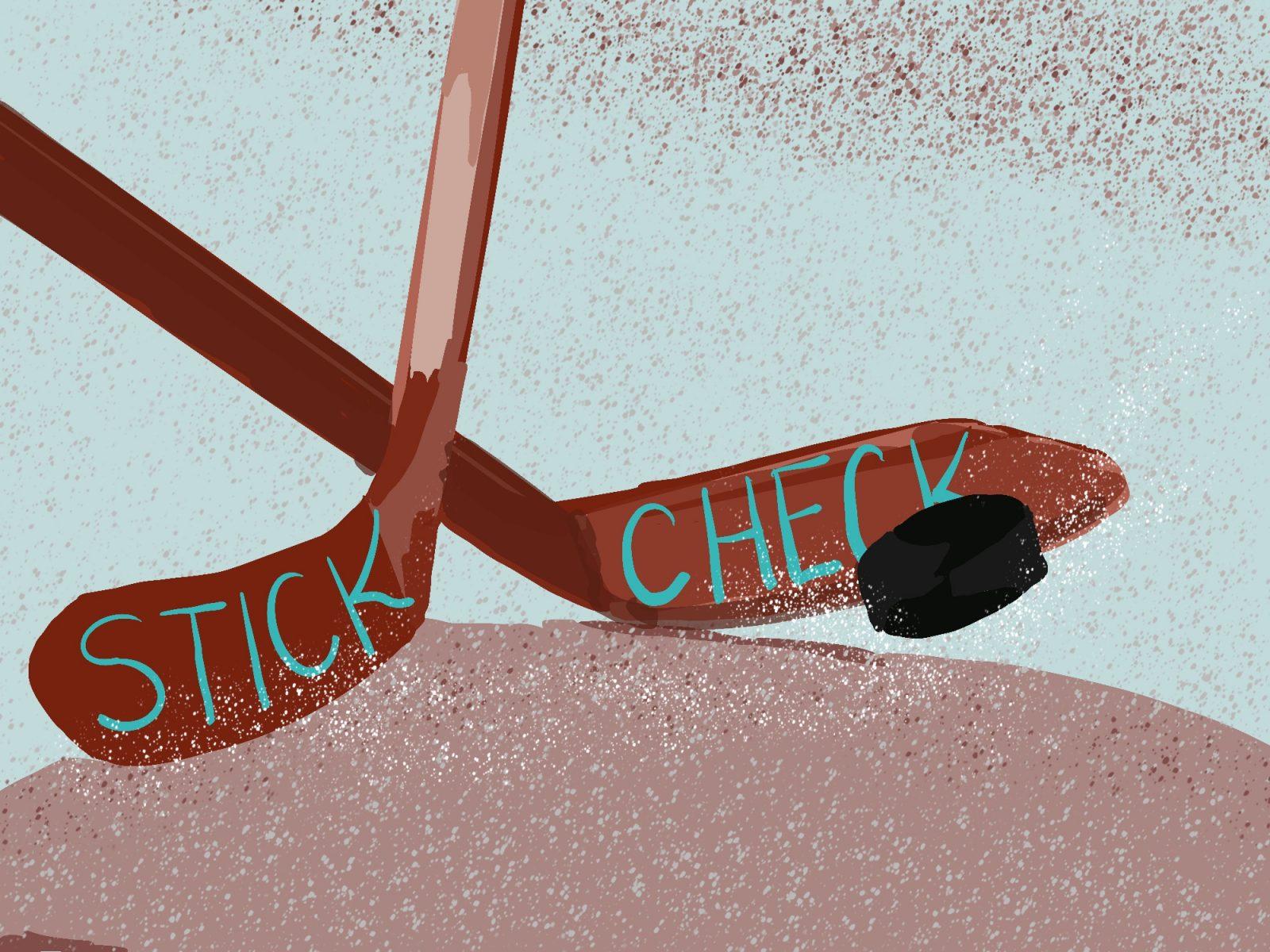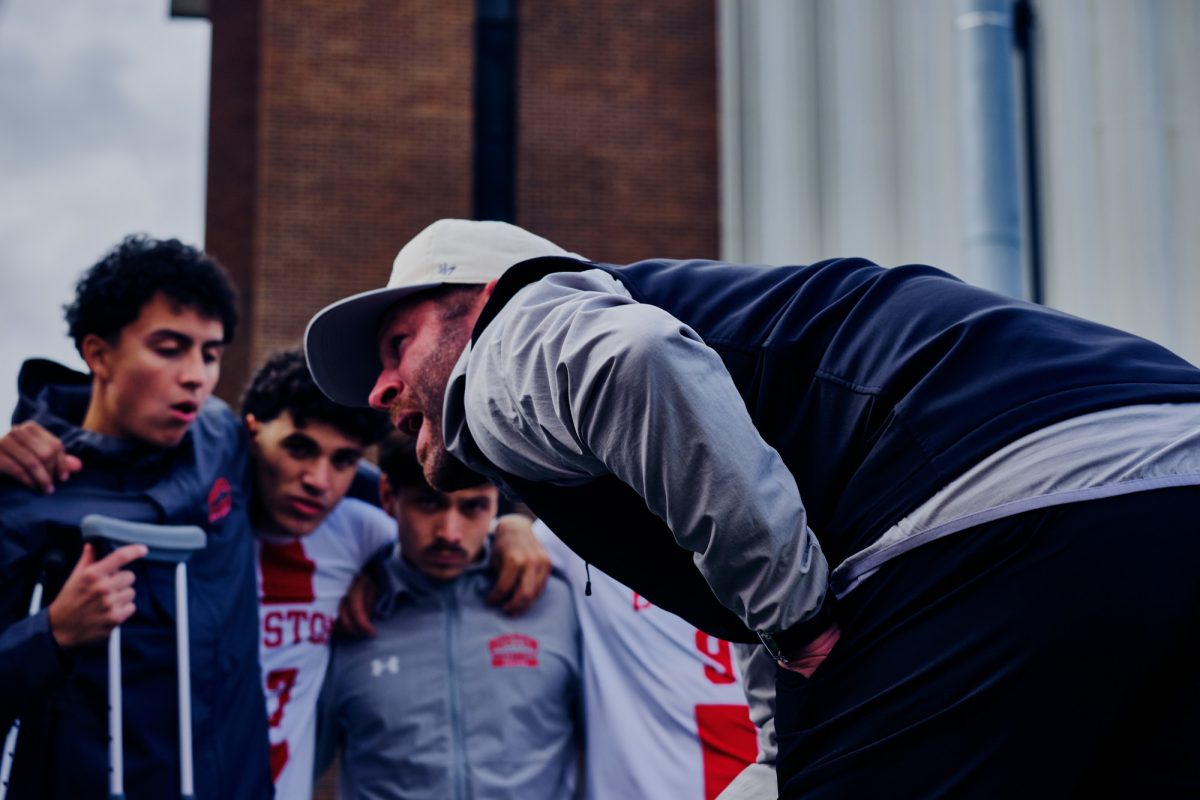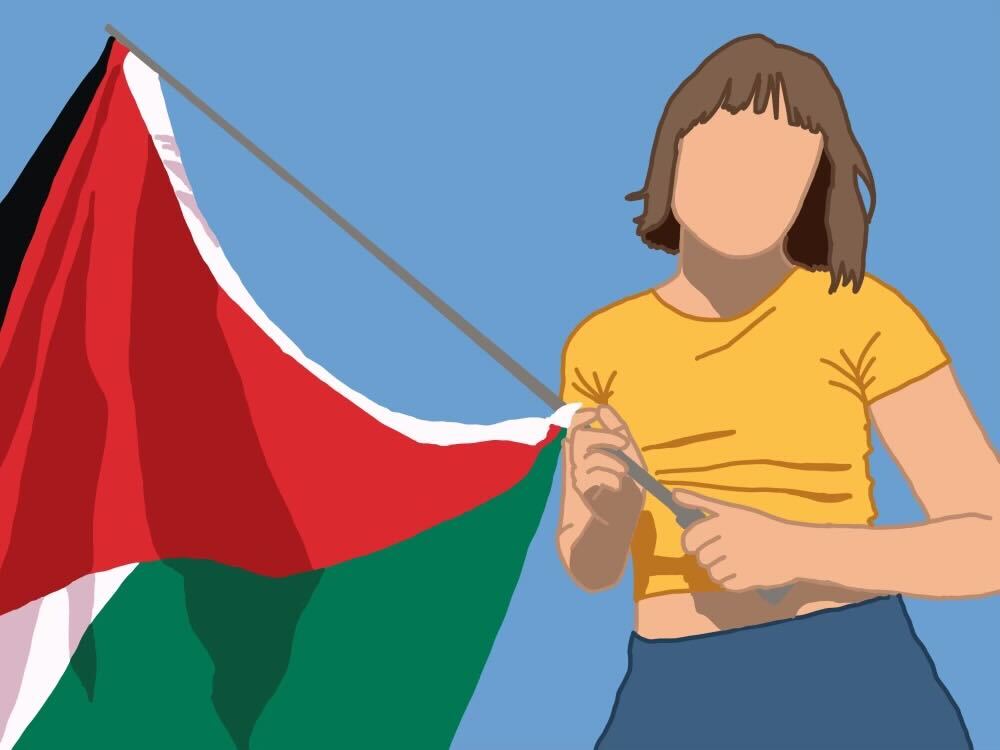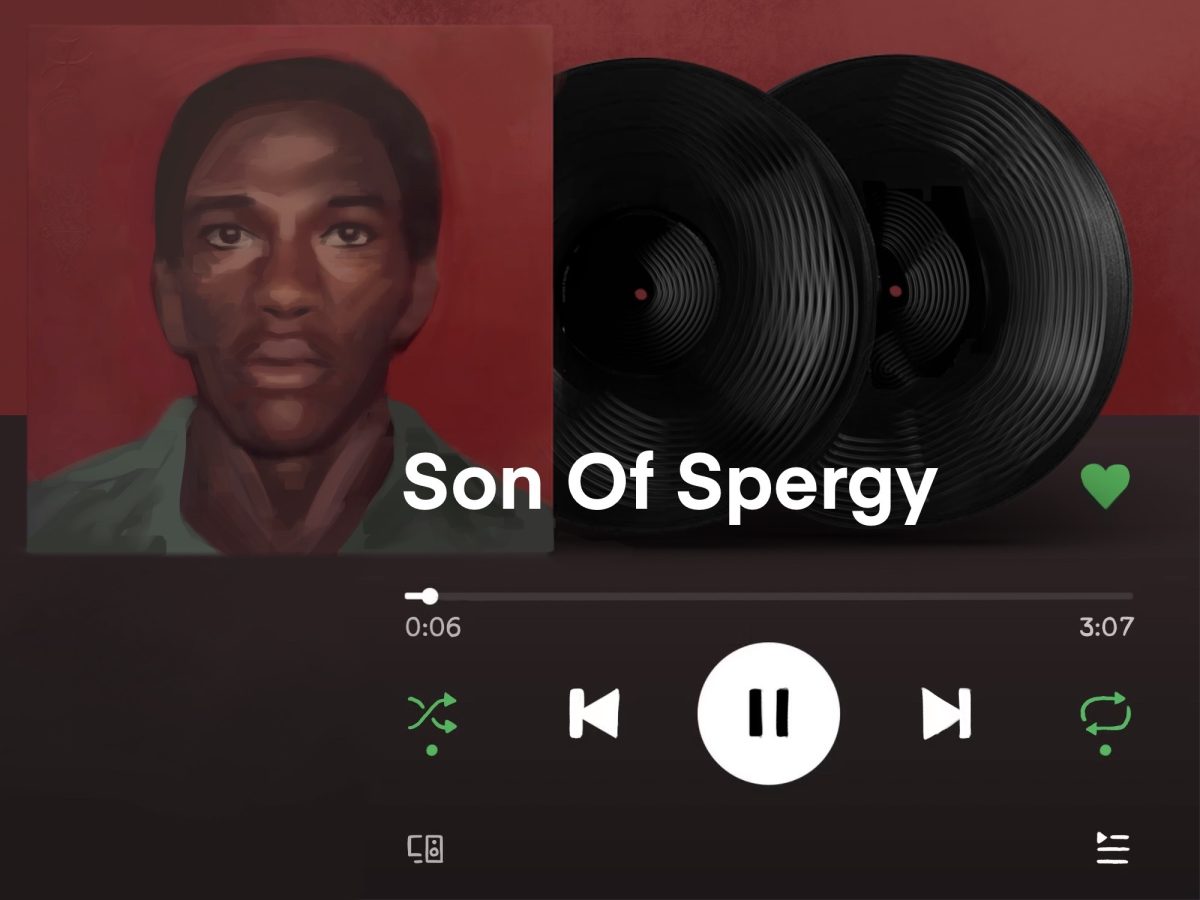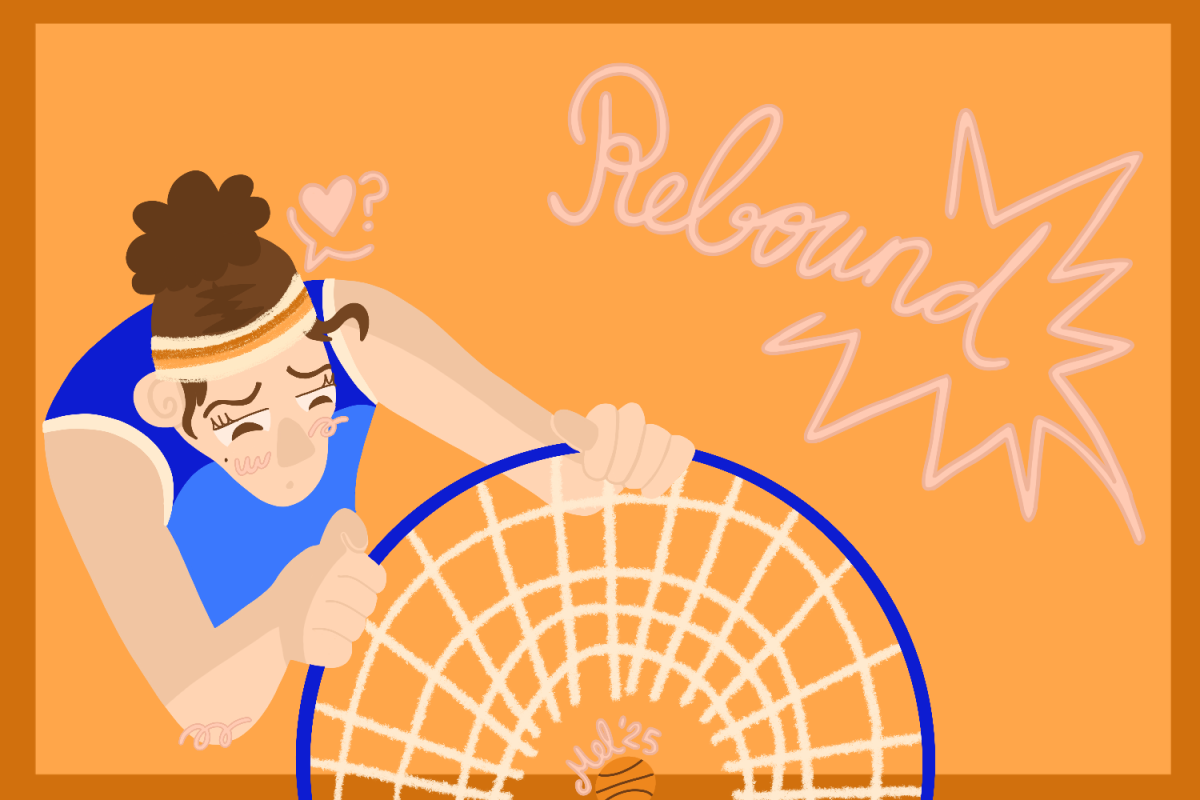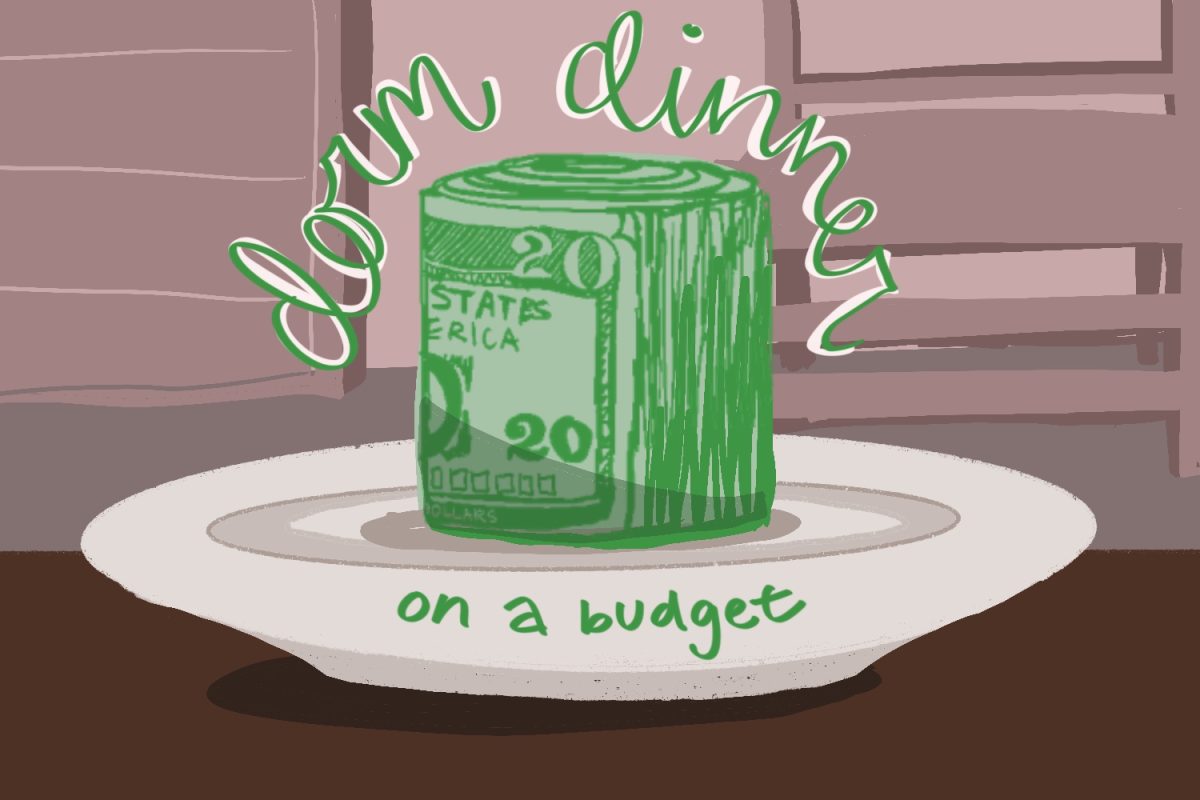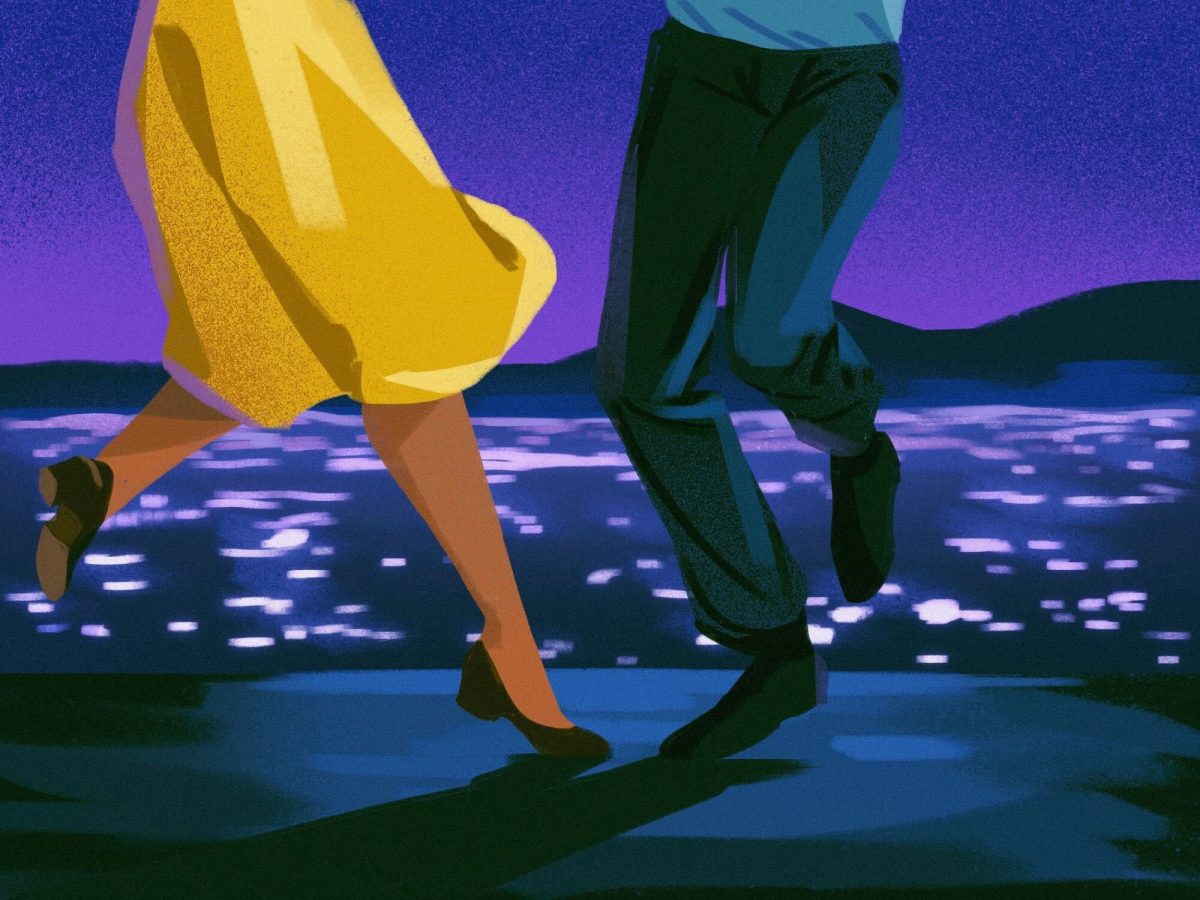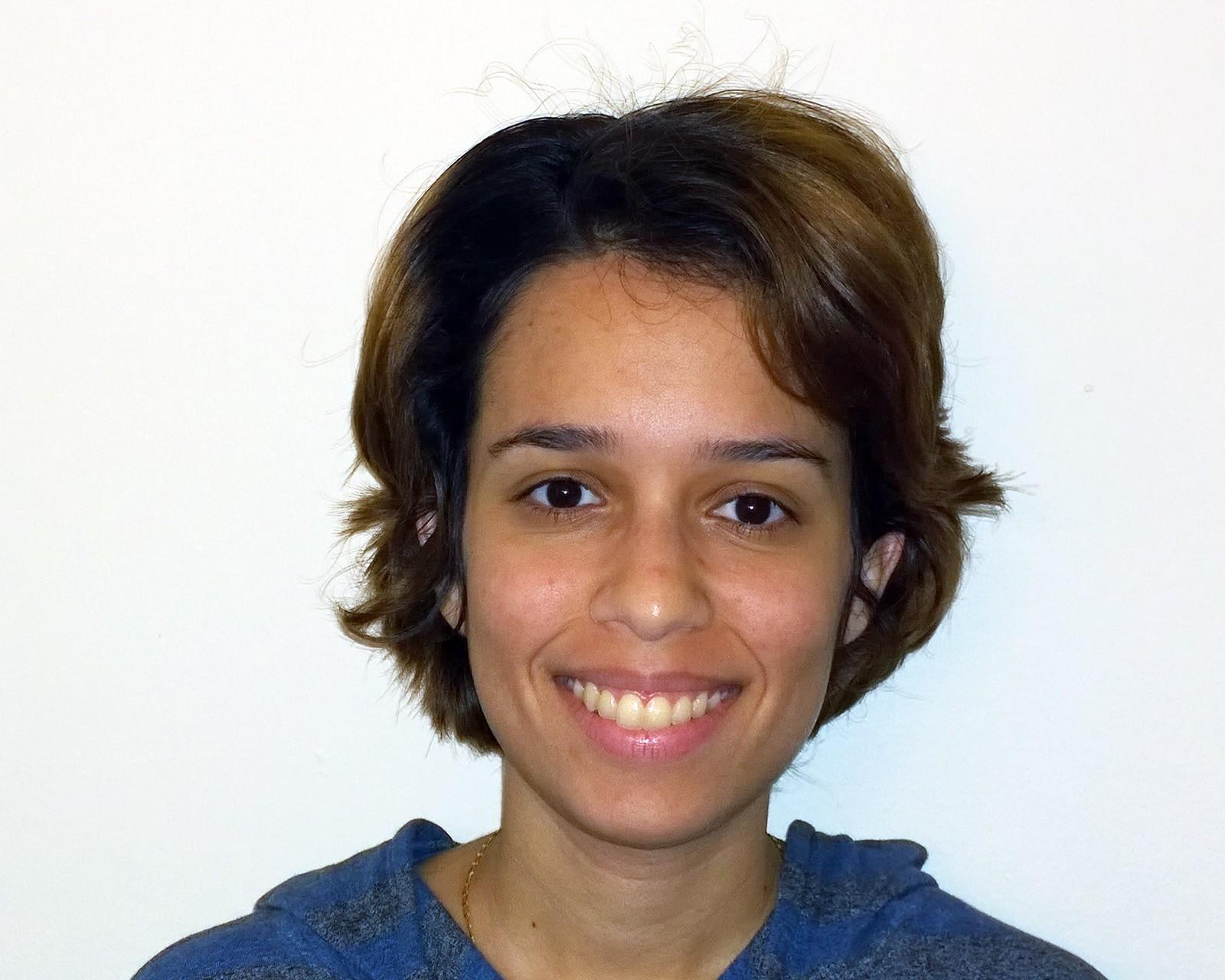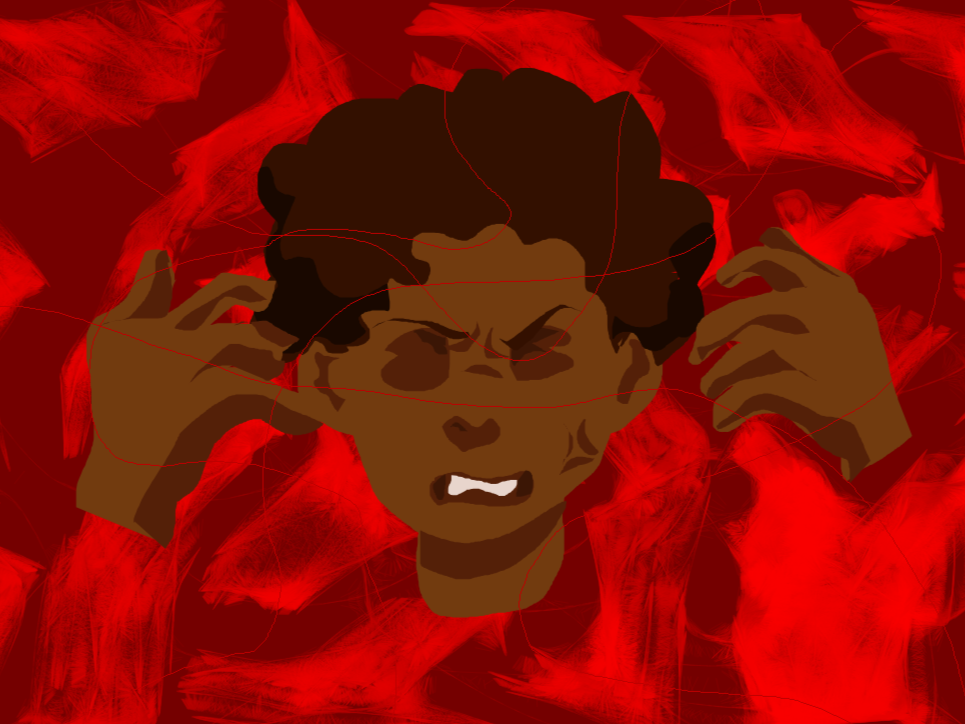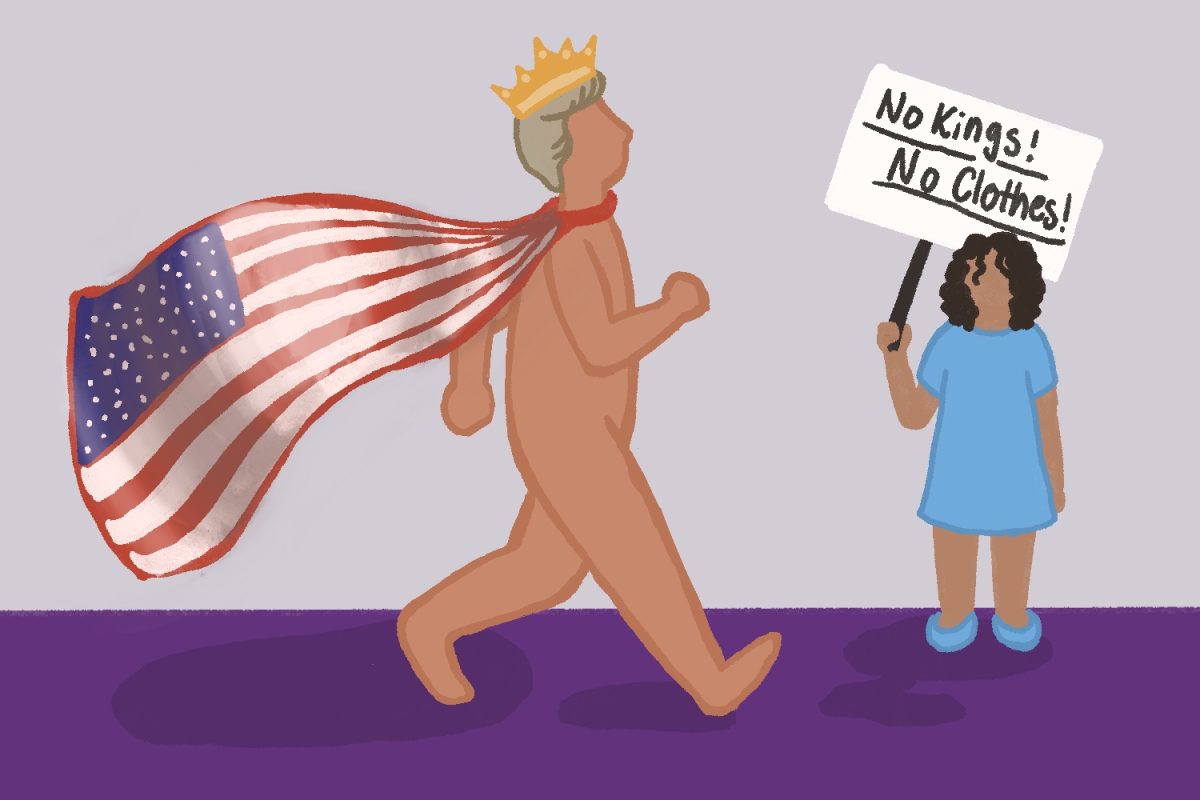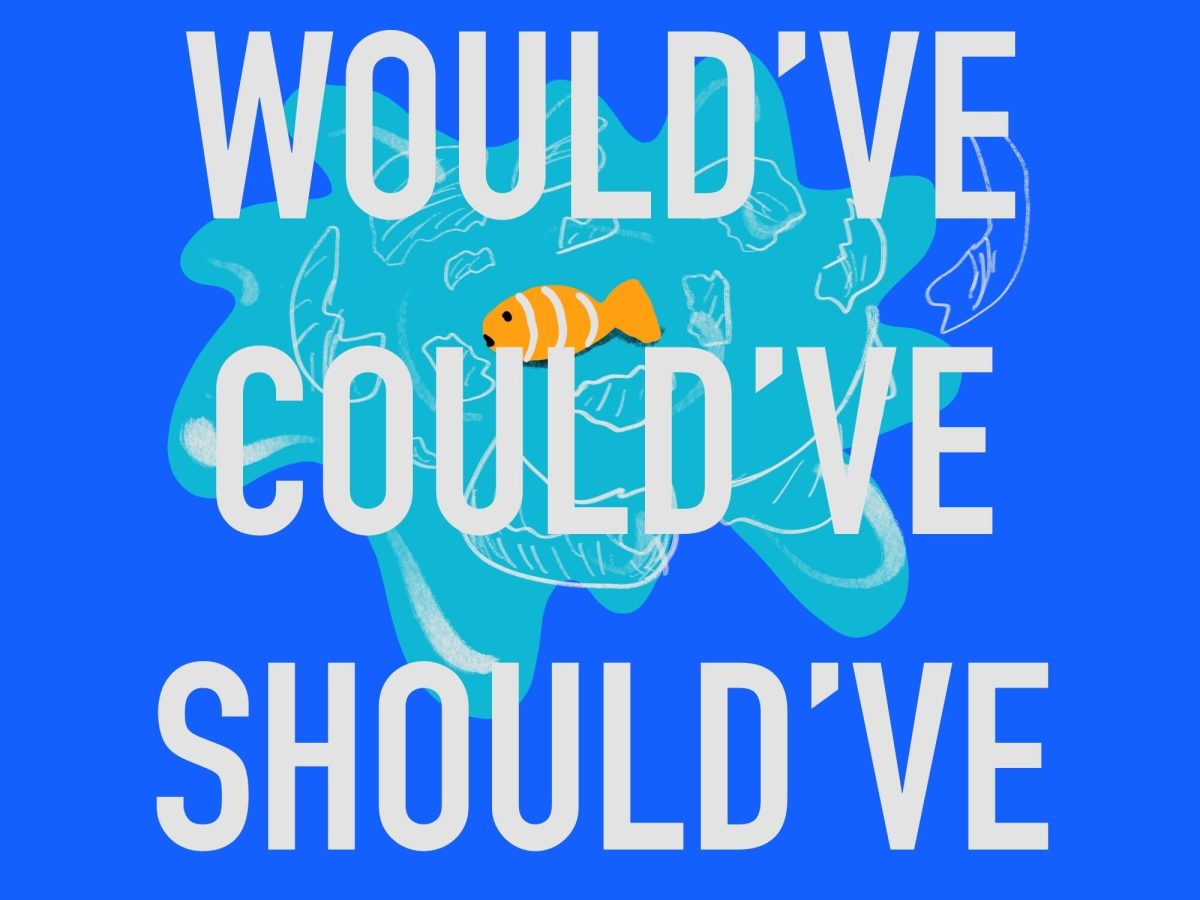Images of models receive a lot of attention on various media platforms. Both online and in print, it’s common to see models on red carpets, the cover of magazines, innumerable advertisements and in film and television.
Often, models are presented to the general public as some of the most beautiful women in the world, yet their images continue to be altered. In 2011, the American Medical Association went so far as to ask advertising agencies to have stricter rules when it comes to the altered photos that are shown to consumers. Models’ images are also subject to “reverse retouching” in order to make models that look too thin appear healthier. While there are advocates that promote transparency and diversity in the images that consumers see, there continues to be room for improvement.
Underage models continue to be used in fashion shows even though the practice has come under scrutiny in recent years. For example, fashion designer Marc Jacobs had two models under the age of 16 walk in his show in 2012, even though 16 is the recommended minimum age for models according to the Council of Fashion Designers of America. At that time, both underage models were represented by Ford Models, a big-time modeling agency. Some designers, like Diane Von Fürstenberg, have made an effort to comply with the age limit, but it seems that the industry has yet to adopt this restriction as the norm.
In addition, models of color are subject to discrimination. Models Chanel Iman and Jourdan Dunn both have spoken out about the racism they’ve faced in the modeling industry. According to Iman, as quoted in London’s The Times in 2013, “A few times I got excused by designers who told me, ‘We already found one black girl. We don’t need you any more.’ I felt very discouraged.”
As Dunn told the The Edit magazine in 2013, and the publication reported, “There were times when Dunn would be on her way to castings and told to turn back because the client ‘didn’t want any more black girls.’ There was even one instance when a makeup artist announced on a shoot that she didn’t want to make-up Dunn’s face because she herself was white and Dunn was black.”
Dunn became the first black model to appear by herself in 12 years, on the cover of British Vogue in February. As E! Online pointed out, all of the women that were on the British Vogue’s covers in 2014 were white. Some of the women featured included peers of Dunn’s, like Cara Delevingne, who appeared on the cover twice in 2014. Why has there been such a gap in including models of color on the cover of British Vogue? There are British models of color, Dunn included, which are more than capable of appearing on the cover. Don’t count out Naomi Campbell as well, who continues to work as a model, regardless of her age in an industry that seems to continually focus on youth.
This is an industry-wide problem. The Fashion Spot reported that in 2014, the following magazines didn’t include any models of color on the covers: the U.S. version of Harper’s Bazaar, the U.K. version of Harper’s Bazaar, Vogue U.K., Vogue Netherlands, Vogue Paris, Vogue Ukraine, Vogue Russia, Teen Vogue, Número, LOVE and Porter. Some of the publications, however, did include celebrities that are women of color on their covers, which is noteworthy.
The practice of comparing how one looks to a model is problematic on many accounts. The images that consumers see on magazine covers, and in commercials and advertisements are often not what models look like in real life. It is no secret that models’ images are frequently altered using tools like Photoshop. The use of underage models establishes a dynamic by which adult women may compare themselves with adolescent girls, who possibly haven’t fully developed yet. This also calls into question the potential sexualizing of girls at too early an age. Not to mention that women of color are underrepresented, as models face racial discrimination.
These images can be harmful for consumers, both physically and psychologically. It’s an environment in which it seems like women are never thin enough, beautiful enough or are considered to have the “wrong” skin color. At the same time, it’s a system in which women are taught to prize their looks and aspire to look like models, but won’t ultimately be able to reach the unrealistic beauty standard. The commercialized portrayal of an idealized beauty that is often ascribed to models doesn’t exist for anyone.

